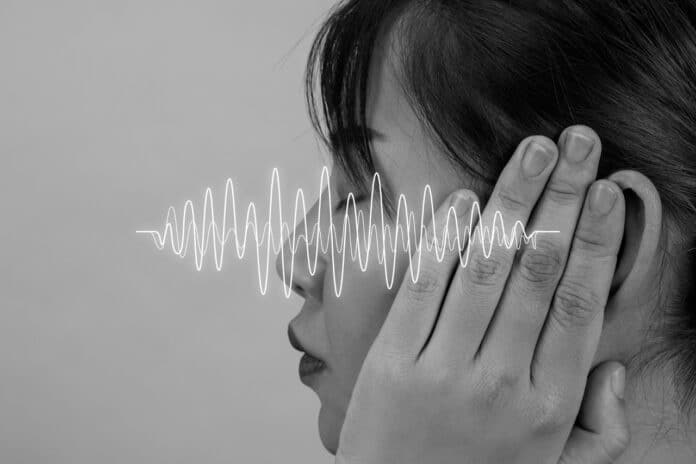Patients with mutations in the TMPRSS3 gene suffer from recessive deafness DFNB8/DFNB10. For these patients, Cochlear implantation is the only treatment option, but poor outcomes are seen in some patients. A knockin mouse model was generated with a frequent human DFNB8 TMPRSS3 mutation to develop biological treatment.
Zheng-Yi Chen, Ph.D., has been at the forefront of hearing loss research since establishing his lab at Mass Eye and Ear in 2008. He has made significant progress in creating remedies for hearing loss.
He and his colleagues have described how various genes contribute to the disorder individually and made important discoveries concerning the genesis and regeneration of mouse inner ear hair cells.
In recent years, he and his team have successfully corrected hearing loss in mice models using genetic engineering techniques, and they aim to one day bring the technology to the clinic.
One out of every 500 infants has a genetic hearing loss. DFNB, or recessive genetic hearing loss, affects most of these cases. Only cochlear implants can treat the DFNB8 subtype. However, these treatments lose effectiveness for some patients as their hearing loss worsens.
In a new study published in Molecular Therapy, Chen and his colleagues became the first to successfully restore hearing in aged mice by using gene therapy on a mouse model of DFNB8.
His research was selected as one of the “Disruptive Dozen” gene and cell therapy innovations most likely to significantly impact health care over the next several years at the Mass General Brigham World Medical Innovation Forum.
Mass General Brigham recently established the Gene and Cell Therapy Institute to translate scientific discoveries by experts like Chen into first-in-human clinical trials and, eventually, life-changing medications for patients.
Gene therapy has advanced significantly in recent years. It can be very helpful in treating some forms of genetic hearing loss. Mutations in a single gene, TMPRSS3, cause DFNB8, a human genetic deafness gene.
A cochlear implant is the standard therapy option for DFNB8 patients. However, in certain cases, cochlear implants stop working properly over time. A mouse model with a human TMPRSS3 mutation was produced, and a normal copy of the human TMPRSS3 gene was supplied using an adeno-associated virus to rescue hearing loss in a DFNB8 model.
This is the first study to show that DFNB8 can restore hearing in aging mice, indicating that it is possible to treat patients with DFNB8 even at an advanced age.
They’re looking into gene therapy, genome editing therapy, hair cell regeneration, and pharmacological therapy as viable treatments.
They are investigating possible treatments such as pharmaceutical therapy, gene therapy, and genome editing therapy.
They have restored hearing in numerous mouse models and developed new therapies for hearing loss with notable success over the past ten years.
The new study also demonstrates the possibility of various gene therapies in the elderly population.
The most important information in this essay is that the speaker is a researcher at Massachusetts Eye and Ear, and they are working on solutions for hearing loss.
Journal Reference:
- Zheng-Yi Chen, Xuezhong Liu, et al. Rescue of auditory function by a single administration of AAV-TMPRSS3 gene therapy in aged mice of human recessive deafness DFNB8. Molecular Therapy. DOI:10.1016/j.ymthe.2023.05.005
